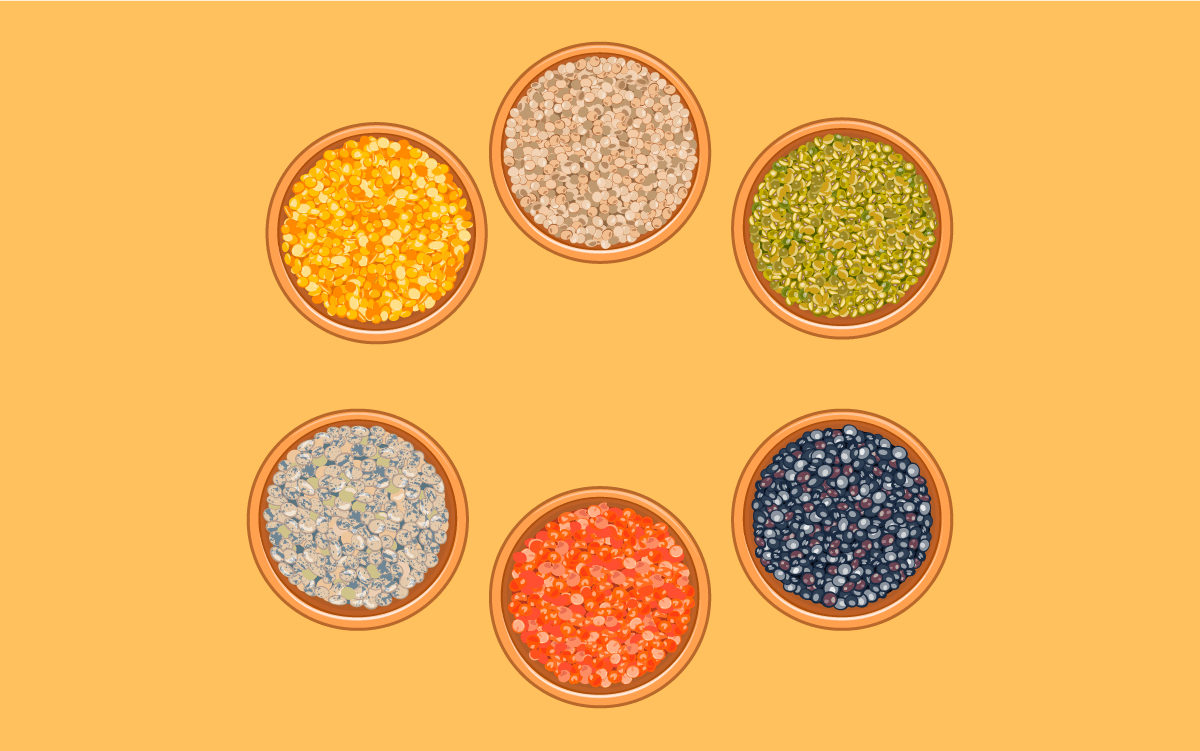new to the gluten free journey?
new to the gluten free journey?

Contents
ToggleStay up-to-date with the latest articles, tips, recipes and more.

*These statements have not been evaluated by the Food and Drug Administration. This product is not intended to diagnose, treat, cure or prevent any disease.
If you are pregnant, nursing, taking medication, or have a medical condition, consult your physician before using this product.
The entire contents of this website are based upon the opinions of Peter Osborne, unless otherwise noted. Individual articles are based upon the opinions of the respective author, who retains copyright as marked. The information on this website is not intended to replace a one-on-one relationship with a qualified health care professional and is not intended as medical advice. It is intended as a sharing of knowledge and information from the research and experience of Peter Osborne and his community. Peter Osborne encourages you to make your own health care decisions based upon your research and in partnership with a qualified health care professional.
10 Responses
Thanks. Very useful.
Omg if I tell my wife no tomatoes, potatoes, eggplant im in trouble!
I ate eggplant and tomato last two days no immediate body response?
Not everyone has these sensitives alongside gluten problems. Also peeling Aubergine helps and also soaking tomatoes to remove the skins is also helpful. some need the seeds removed from tomatoes. likely it is only a sensitively and when the gut is healed these foods can usually be consumed. Also Lentils can work for some with gluten problems.. soaking for 24 hours and cooking for the day does help but also the addition of fresh ginger also added into lentils helps reduce any inflammation.
Extremely important 🙏🙏
I have used a pressure cooker or instant pot on lentils, beans, nightshades
And Indian basmati rice with great results. But caution on the side of once
Or twice a month consumption, per Dr. Gundry plant paradox.
I am grain, egg, dairy and vegan but do eat fish and could not eat any of the above without intestinal issues until using the insta pot.
Thank for this wonderful info. Was aware of some but not all. Just signed up to receive Tolerant’s newsletters and recipes. Very excited, thanks Dr. Osborne!
Very helpful article, it’s the first time I learned about anti-nutrients. Thank you for sharing.
Very useful information dr, Osborne, This is me on top of all no lentils and no chocolate! I have suspected this but was in denial. Thank you for confirmation
I have been gluten free for 7 months now because of digestive issues and just tried lentils for the first time today and feeling the same as I did eating gluten. So happy to see all the comments about soaking them for 24 hrs. before cooking. So happy to see this article in my inbox today because I desperately needed the information. Thank you Dr. Osborn!!
This article is very enlightening. Thank you!